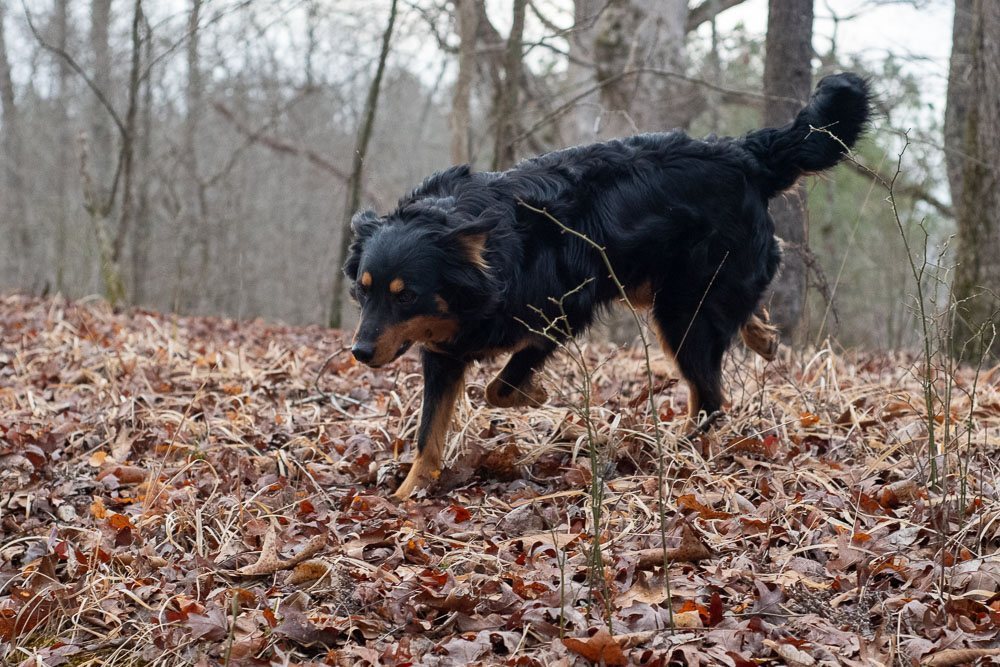This form can be used by trainers, behaviorists, or researchers to assess a dog’s social competence in relation to human interactions.
Affiliative Relationships in Dogs: A Shift from Dominance
Animal behavior, particularly in domestic dogs, has long been an area of interest for both scientists and dog owners alike. Historically, the interpretation of dog behavior was heavily influenced by the concept of dominance hierarchies, where interactions between individuals were often explained through the lens of “dominance” and “submission”. However, modern understanding of dog behavior … Read more
